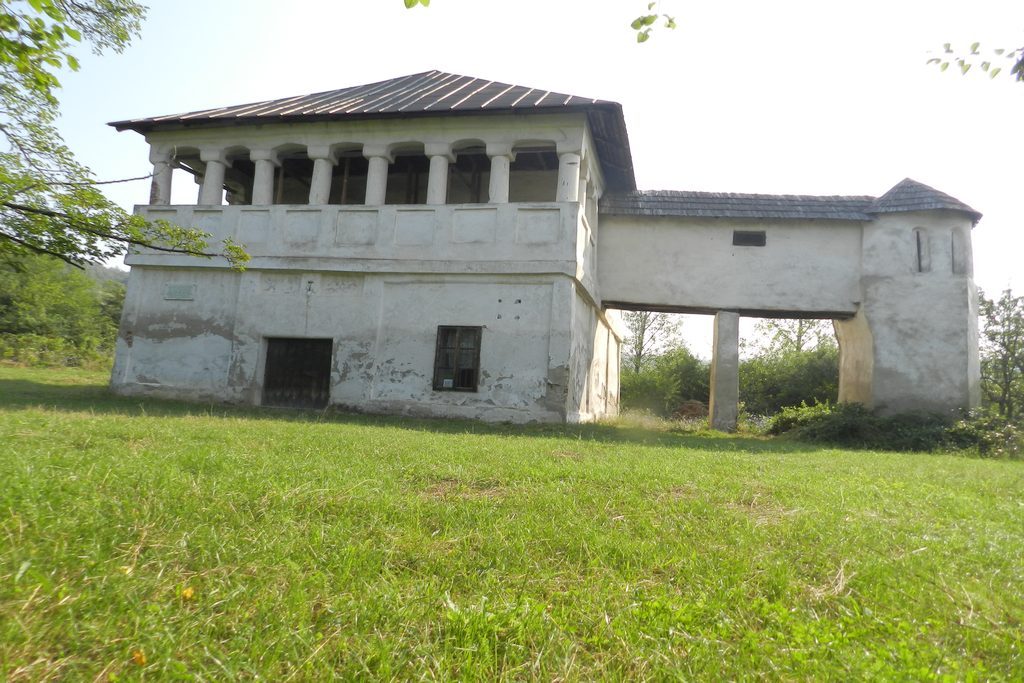

The land on which the fortress was built is on a former property of the Cozia Monastary. According to historical tradition, it seems that it was built in 1800 by Tudor Vladimirescu after Cerneţi was burned down by the Turkish troops. After Tudor’s death, Vasile Strâmbeanu takes over the fortress and in 1838 it accues to Ion Gărdăreanu and his wife, Sevastiţa, being then inherited on this line. During World war I, the building was used by different military units.
Aside from its historical architectural value it also has a memorial value. Between 1959 and 1977, Tudor Vladimirescu’s Fortress was turned into a museum, functioning here a permanent exhibit with documents and different object that had belonged to the leader of the 1821 revolution and of the pandours.
The fortress built in brick and wood consists of a ground floor and a first floor. The ground floor is consisted of a great basement, a room and stairwell going into the porch. The first floor has a porch with the masive brick columns, three rooms and a narrow long hall, at the end of which there is a toilet or „latrine”. On both the ground floor and the first floor there are also a few ramparts. The windows were increased, after the fortified house lost its defence function. The ceilings of the ground floor are arched, made of brick and the ones of the first floor are wooden. The wrap is covered in weatherboard.
Tudor Vladimirescu had many properties in Cerneţi, among which a house with a shop, a mill, a fortress houe with vignard and orchard on the hill above the village. This data is confirmed by Tudor’s will, since 1812 when he planned to leave for Russia.
In memory of the brave Tudor Vladimirescu, every beginning of June, the residents organize a beautiful demonstration, where some of the people of Cerneţi wear the pandour costume and of course that of Tudor Vladimirescu.
The fortresses are fortified houses whose name comes from the Turkish word “zkule” that means tower. They were built by landowners on their estates in Oltenia to protect themselves against the Turkish gaggles (adalii, cirjalii, pazvangii) come from the Danube tribes. Their spread was wide across all of Oltenia and west Wallachia.
